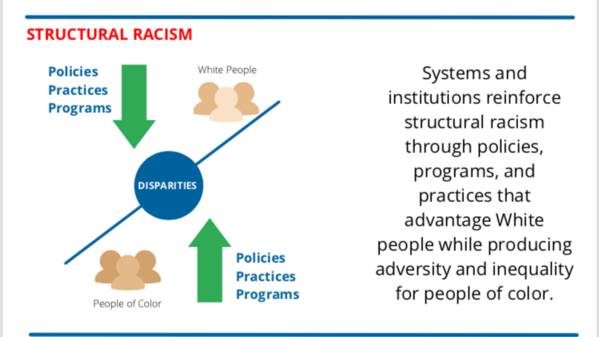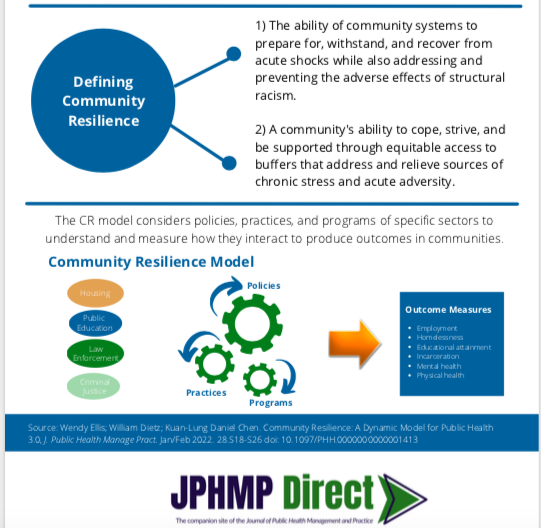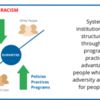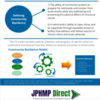Wendy Ellis, William Dietz, Daniel Chen:
Community Resilience as a framework for Public Health 3.0 to address structural racism, foster equity, and improve population health.
The article, “Community Resilience: A Dynamic Model for Public Health 3.0” presents an innovative model for Chief Health Strategists to measure and define place-based community resilience. The paper describes methods for measuring equity and addressing structural racism as a public health strategy to improve community health.
Convening multiple sectors, the CHS can use this dynamic model to systematically identify, measure and address inequities that result in and contribute to the Pair of ACEs: Adverse Childhood Experiences in the context of Adverse Community Environments.
Many of the nation’s place-based and race-based health disparities and adverse community environments are driven by structural racism. Our systems and institutions create and reinforce structural racism through policies, programs, and practices, which systematically advantage White people while producing adversity and inequity for people of color.
Community resilience is defined as: 1) the ability of community systems to prepare for, withstand and recover from acute shocks while also addressing and preventing the adverse effects of structural racism, and 2) a community’s ability to cope, strive and be supported through equitable access to buffers that address and relieve sources of chronic stress and acute adversity.
The authors propose a strategy for Public Health 3.0 that focuses on community and population health outcomes and access to systems supports as measures of community resilience. The CR model considers the policies, practices, and programs of specific sectors – housing, public education, law enforcement and criminal justice – to understand and measure how they interact to produce outcomes in communities. These outcomes include employment rates, homelessness, educational attainment, incarceration rates, population health outcomes such as mental and physical health.
The infographic provides a convenient summary of the article for practitioners and policy makers. Read the article for FREE in a special JPHMP supplement Public Health Interventions to Address Health Disparities Associated with Structural Racism. Download a PDF of the infographic here: CR Model Infographic or click the image below.





Comments (1)